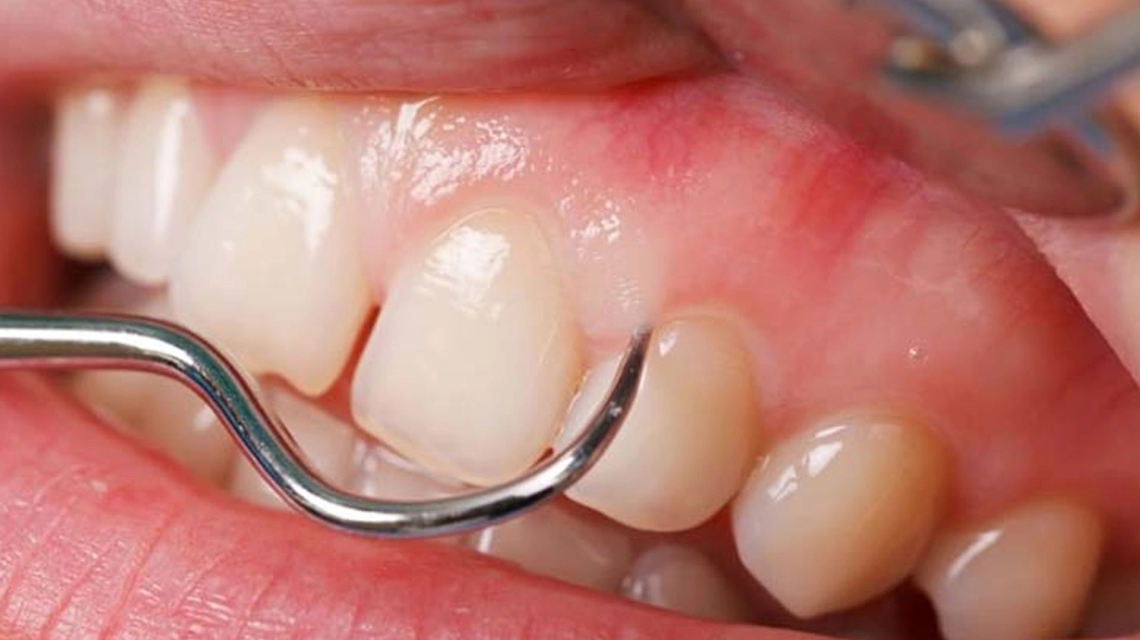Gingivitis treatment
- Homepage
- Services
- Periodontology
- Gingivitis treatment
Services

Gingivitis treatment

Gingivitis is a common and mild form of gum disease that causes irritation, redness and swelling (inflammation) of your gums, which are the part of the gums around the base of the teeth. It is important to note that gingivitis is reversible with the application of good oral hygiene.
The main cause of gingivitis is the build-up of plaque - a sticky film of bacteria - on the teeth and gums. If plaque is not adequately removed through regular brushing and flossing, it can lead to the development of gingivitis. Other factors that can contribute to gingivitis include hormonal changes (such as during pregnancy, the menstrual cycle or puberty), certain diseases, medications, smoking, poor diet and immune-compromising conditions.
Common signs and symptoms of gingivitis include:
- Red or swollen gums
- Red or red gums, red or blue gums, red or red teeth, red or red gums, red or red gums, red or red gums, red or red gums
- Red gums or red gums, red gums, red gums, red gums, red gums, red gums
- Sensitive or painful gums
- Painful or sore gums
Treatment of gingivitis mainly involves adopting proper oral hygiene to remove and prevent plaque buildup on the teeth and gums.
Basic steps for treating gingivitis:
- Regular brushing: at least twice a day with a soft toothbrush
- Flossing at least once a day at least once a month with a soft brush at least once a month with a soft brush
- Mouthwash
- Regular dental check-ups: so that the specialist can monitor gum health and provide guidance to improve your oral hygiene.
- Professional dental cleaning
- Smoking cessation: smoking is a major risk factor for gum disease and can hinder the success of gingivitis treatment.
If left untreated, gingivitis can develop into a more serious form of gum disease called periodontitis, which can lead to tooth loss.
- Clinic Address
Kimonos 6, Marousi 151 22 - Contact e-mail
info@dimopoulou-dental.gr - Contact Phone
+30 210 8029463 - Clinic hours
Mon - Wed 12:00 AM - 9:00 PM
Friday - 12:00 AM - 9:00 PM
Saturday Sunday - Closed
